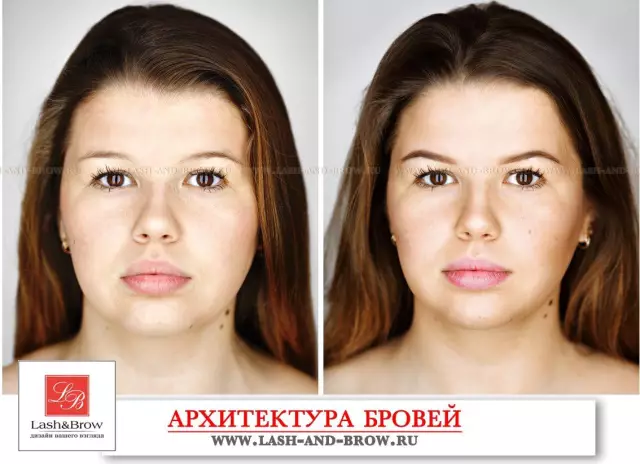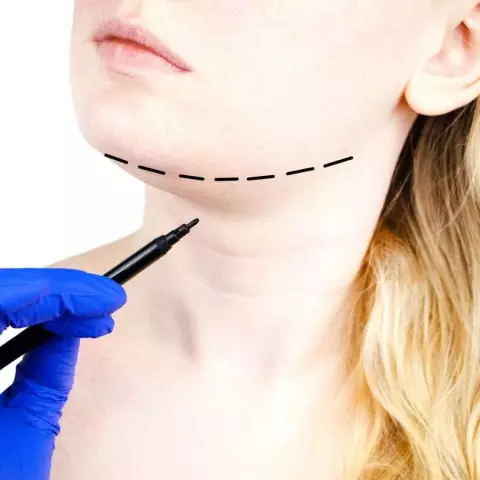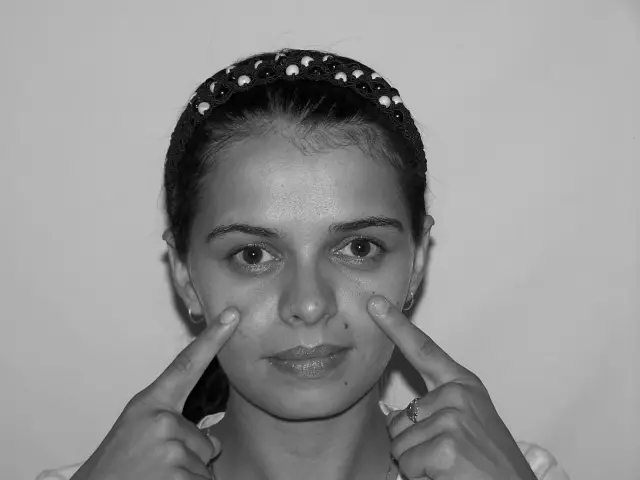- Author Rachel Wainwright [email protected].
- Public 2023-12-15 07:39.
- Last modified 2025-11-02 20:14.
Circular face lift

A circular facelift (rhytidectomy or facelift) is a plastic surgery to correct nasolabial folds, eliminate wrinkles, sagging skin and other signs of aging. The process of a circular facelift consists in tightening the skin and underlying muscles, as well as in redistributing the skin of the neck and face by removing its excess.
Varieties of circular facelift
A deep, open cervicofacial lift is performed for patients after forty years of age, with pronounced age-related changes. This removes excess skin and subcutaneous fat, the layer of connective tissue of the neck and face is tightened and positioned again. Rhytidectomy is performed in patients under forty years of age, when age-related changes are poorly expressed. This tightens the skin of the neck and forehead. Minilift - lifting the skin of the upper, middle and lower parts of the face through an incision in the lower eyelid. In a closed, endoscopic lift, incisions are made in the temples and oral mucosa.
The procedure for a circular facelift
Before facelings, a general examination of the body is usually carried out, as before any plastic surgery. The details and goals, expectations from plastic surgery and real possibilities are also discussed with the patient. Two weeks before the lift, it is recommended to completely abandon any hormonal drugs and drugs that affect blood clotting, and smoking. You should not eat or drink on the day of your plastic surgery.
Reviews of a circular facelift say that this operation is quite long. It usually lasts at least four to five hours. The facelift is performed under general anesthesia (inhalation anesthesia). Rhytidectomy of specific areas of the face is performed under intravenous or local anesthesia. During the operation, the surgeon excises excess skin tissue and tightens the musculo-fascial system of the face, redistributing the skin.

The first two to three days after the circular tightening, the patient should be in the hospital under the supervision of doctors. After surgery, pain relievers and antibiotics are usually given. The stitches are removed about a week after the surgery. Postoperative edema decreases after ten to twenty days, however, hair coloring, facial massage, physical activity and a visit to the sauna are contraindicated for another one and a half months.
The final result of the operation is estimated in about a year. It depends on the initial condition of the skin, the age of the patient, the presence of bad habits and concomitant diseases, as well as on the characteristics of the patient's lifestyle. Re-tightening can be done at intervals of five to ten years.
Indications for a circular facelift
A circular facelift should be done with ptosis of soft tissues below the edge of the lower jaw, with deep nasolabial folds, drooping of the outer corners of the eyes, sagging skin of the eyebrows and forehead, deep vertical wrinkles on the cheeks, as well as with the formation of pronounced folds and wrinkles on the neck, in the temporal zygomatic region, in the region of the nose.
Contraindications for circular tightening
Ritidectomy should not be performed in case of cancer, severe diseases of internal organs, infectious diseases, and blood clotting disorders.
After the operation, bruising and swelling of the skin of the face, pigmentation of the skin with intradermal hemorrhages in people with delicate and sensitive skin may appear. Skin pigmentation usually disappears six months after a lift.
For optimal effect, liposuction in the chin area and blepharoplasty can accompany the circular facelift. Additionally, laser skin resurfacing can be performed.
Found a mistake in the text? Select it and press Ctrl + Enter.






